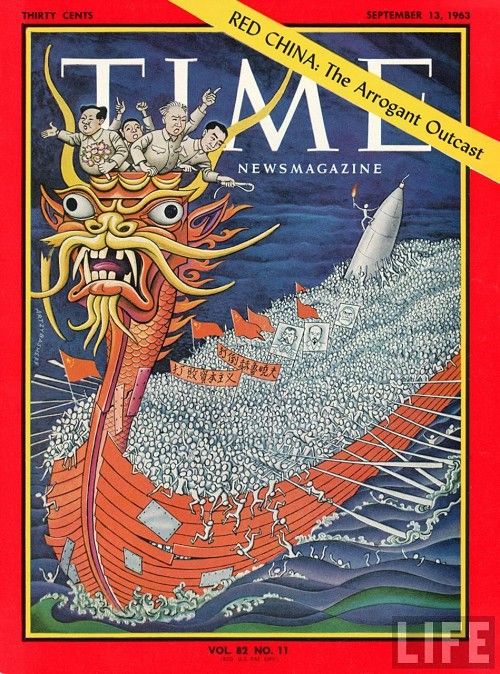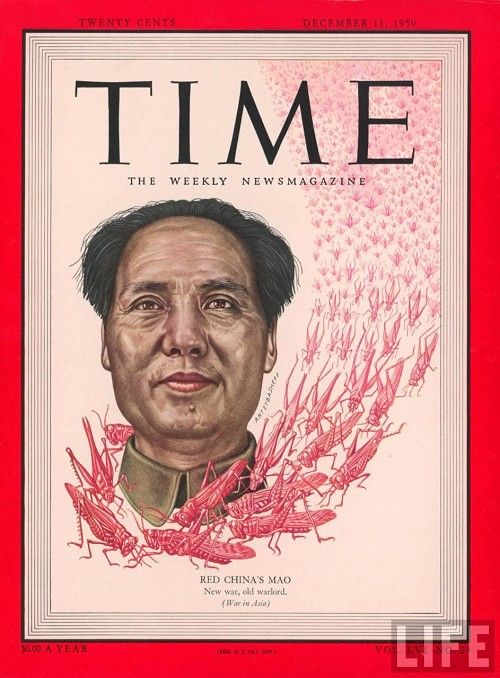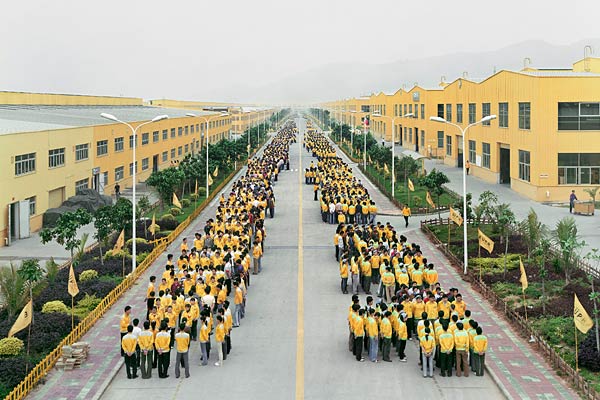Quick bits on technological innovation and more importantly technological imagination:
1. Two PRC related pieces on this recently much circulated - in the
NYT, a piece analyzing a document put out in November by China's State Intellectual Property Office of China, “National Patent Development Strategy (2011-2020)." The major question is whether high-tech "innovation" oriented industrial policy will work, having not worked so well in Japan in recent years. (Yet, recall that the Tigers - Japan, Taiwan, S. Korea - are
the celebrated cases of successful industrial policy in their early rise.) Fun quote:
The Chinese patent strategy document is filled with metrics, right down to goals for patents owned per million people.
2. In a less meaty article in FP, Vivek Wadhwa also tackles the topic, his position summarized perhaps by the title "
Chinese and Indian Entrepreneurs Are Eating America's Lunch." Citing his own previous research, he posits an interesting suggestion vis-a-vis the phenom of super low wages among college grads in China (the "ant colony"): its a result of crap training rather than a crap market:
India and China now graduate three to six times more engineers than does the United States. The quality of these engineers is, however, so poor that most are not fit to join the workforce; their system of rote learning handicaps those who do get jobs, so that it takes two to three years for them to achieve the same productivity as American graduates. As a result, significant proportions of China's engineering graduates end up working on factory floors; Indian industry has to spend large sums of money on retraining its employees, as my research team at Duke and Harvard learned.

3. And since this seems to have weirdly not made it on the parts of the China blogosphere I surf, some key WikiLeaks science and tech related wires are collected
here. A key quote from a wire BRS forwarded, about Hefei's University of Science and Technology:
(COMMENT: A cursory walk through their labs seemed to indicate they had already succeeded in single-particle quantum teleportation and are now trying to conduct dual-particle quantum teleportation.)
WAHHH. Repeat: WAHHHH?













